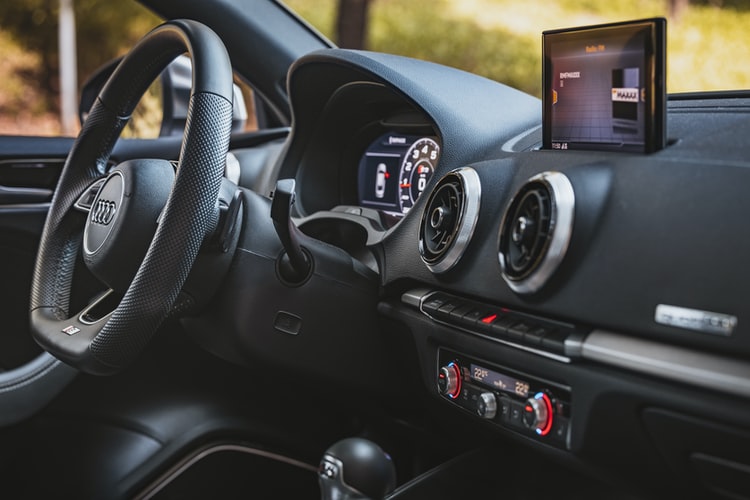While many hail any and all technological improvements without question, we are seeing a rise in consumer doubts when it comes to the auto industry. Most manufacturers have the same claims when it comes to their highly evolved superior autopilot functions: self-parking, lane departure warning, blind-spot alert, adaptive cruise control, and automatic emergency braking. The Advanced Driver Assist Systems (ADAS) and Automatic Emergency Braking (AEB) all boast about being able to avoid accidents and evening activating the breaks with more pressure than the driver to evade a potential collision.
Consumers are willing to shell out the big bucks for these new features and expect them to work when the time comes. Autopilot has come a long way since we first saw it on the market only five years ago, and self-driving vehicles seem to be just on the horizon. However, maybe automotive tech producers should slow the breaks on these advances since we are seeing a rise in autopilot-engaged accidents.
Contents
Who Exactly is the Captain of the Ship?
This leads many to ask the question: if you get into an accident while autopilot is engaged, who is at fault? And how will car insurance in the future cover these things? Is the AI running the car at fault, giving the driver and manufacturer a get out of jail free card? Or is the manufacturer at fault since they were the ones that sold a product claiming to avoid such incidents? Or is it the driver’s fault for not keeping a close enough eye on things since they are essentially the captain of the ship?
Potentially Fatal Defects
Depending on the make and model of the vehicle involved in the accident, most cases are able to recover enough data using installed video recordings and sensors to determine the exact cause of the incident. For example, The Tesla Model 3, which has been making headlines for this exact reason, has shown just how much data the car can produce and what exactly happens in the moments before a collision. One case in particular even showed that the Tesla Model 3 continued to accelerate up until 2 seconds before a fatal accident topping off at 70mph. Family members of the deceased are suing Tesla, claiming that the vehicle has “defects which posed an unreasonable risk of injury or death to consumers,” meaning the autopilot is at fault, not the driver. However, all insurance policies cite the driver to be at fault in such cases since autopilot is part of the driver assists system, meaning the responsibility of the car ultimately comes down to the driver.
Always Keep Two Hands on The Wheel
Many are using these cases to bring more awareness to drivers when it comes to using autopilot and to be careful not to overestimate its technological capabilities. Right now, there are over 20 cases involving autopilot crashes that the National Highway Traffic Safety Administration is overseeing. Tesla alone has had three drivers die in an autopilot-engaged accident since 2016. In all three cases, the vehicle, with all its high-tech abilities, was unable to detect an obstacle in the road in time. It would seem that autopilot and the driver assist systems are not as advance as we thought and are unable to handle difficult scenarios such as being cut off by another vehicle or merging lanes quickly.
Who knows how these things will ultimately affect the future of this tech, if at all. Two things are certain (for now): that the driver is responsible for any damages incurred even with autopilot engaged and that there are still many kinks in the software to work out.

